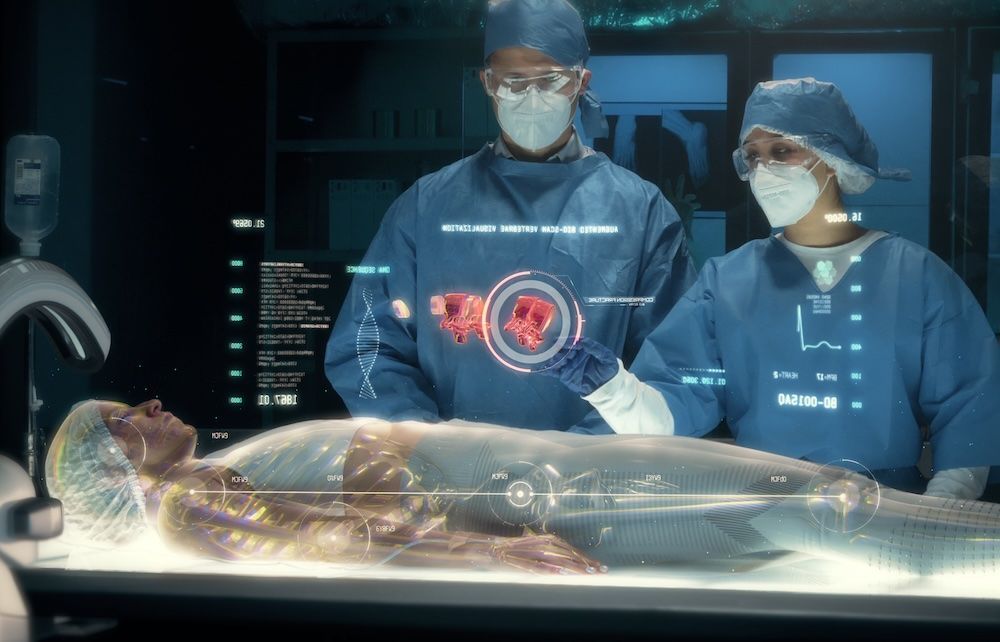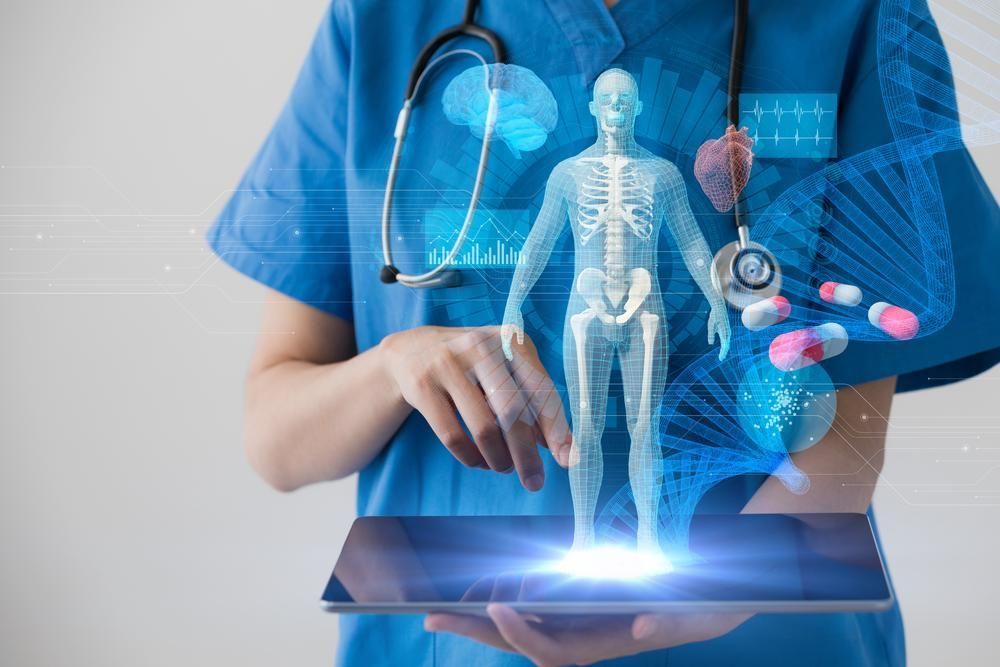The realm of healthcare education is undergoing a profound transformation, marked by the growing demand for innovative approaches to deliver high-quality learning experiences, particularly in remote and distance education. In this context, Learning Engineering emerges as a groundbreaking methodology that promises to revolutionize how we prepare the future healthcare workforce. This www.healthysimulation.com article, written by Melissa Tully, RN, MHPE, CPHN, CHSE, explores remote and distance learning to transform healthcare delivery.
What is Learning Engineering?
Learning Engineering is a systematic, data-driven approach that blends insights from cognitive science, instructional design, and data analytics to create adaptive, personalized, and efficient learning environments. In the realm of virtual healthcare simulation education, Learning Engineering shines as a beacon of potential. Furthermore, Learning Engineering is a team effort and involves many disciplines to implement. Teams include educators, engineers, software developers, assessment scientists, and data analysts. The interprofessional approach requires multiple perspectives to solve complex learning interventions. One does not simply hire a learning engineer to do the work alone but hires a team of people using the methodology.
Unleashing the Potential of Remote and Distance Learning
Traditionally, healthcare educators in brick-and-mortar simulation settings have grappled with the challenge of accommodating large numbers of learners and diverse learning styles. Learning Engineering leverages the power of data analytics to gain insights into individual learning preferences. Armed with this knowledge, educators can construct tailored learning pathways, allowing students to progress at their own pace, using their preferred learning styles at scale. In the sphere of healthcare simulation, this translates into reduced costs of training and education, customized scenarios, feedback, and assessments to cater to each student’s unique needs. For remote and distance learners, personalization ensures they receive educational experiences equal in quality to those offered in traditional physical simulation centers.
Data-Driven Decision-Making
Learning Engineering empowers educators with data-driven insights into student progress and engagement. These insights are invaluable for making informed decisions regarding course content, teaching methodologies, and technology choices. In the context of remote education, these insights become critical for sustaining engagement and ensuring that students remain on track. Given that healthcare simulation heavily relies on technology to replicate real-world scenarios, Learning Engineering plays a vital role in facilitating the seamless integration of these technologies into remote education. This means that simulation tools can be optimized for remote access, offering students realistic experiences, including virtual patient interactions, surgical simulations, and telemedicine scenarios.
Teaching and Learning Interprofessional Communication Skills
Effective teamwork among healthcare professionals is paramount to provide optimal patient care. Learning Engineering introduces a transformative capability when applied to simulation programs that leverage large language models (LLM) for teaching things such as communication skills and social perspective, powered with models that can provide assessment and interpretation. LLM could enable remote learners, often geographically separated, to engage in synchronous interprofessional simulation scenarios. This technological synergy bridges large cohort sizes and geographical divides. The technology allows for a large number of healthcare students and professionals, regardless of their physical locations, to participate in simulated scenarios mirroring real-world healthcare situations. This could cultivate a profound change in the approach to teamwork training in healthcare.
Additionally, large language models, combined with advanced Learning Engineering techniques, may empower remote students to undergo clinical competency assessments through simulated experiences. This groundbreaking innovation could eliminate the need for physical travel, as students can undertake these evaluations remotely, saving time and resources. These assessments could be designed to be objective and standardized, ensuring that every student is evaluated according to the same criteria. This streamlines the assessment process, enhances fairness, and addresses the subjectivity of competency assessment. Learning Engineering and LLM could ensure that healthcare professionals in training, even in remote or distant locations, can undergo these assessments on a level playing field. Through the development and improvement of LLM and Learning Engineering for assessment, fairness, accessibility, and the democratization of healthcare education and assessment could be promoted.
View the HealthySimulation.com LEARN CE/CME Platform Webinar Deconstructing Healthcare Silos: Multiplayer Virtual Reality for Interprofessional Education to learn more!
Overcoming Challenges to a New Paradigm
While Learning Engineering holds immense promise, there are associated challenges that demand attention. Two noteworthy challenges include the need for faculty training and the ethical use of student data. To effectively implement Learning Engineering, faculty, and educators must play a pivotal role. They need a deep understanding of Learning Engineering’s principles, tools, and methodologies. Integrating Learning Engineering into an institution’s educational framework necessitates investment in faculty development and training. This involves structured training programs, continuous support mechanisms, and a vision where Learning Engineering is integral to the curriculum. Learning Engineering relies on data, and the ethical use of student data is paramount. Institutions must respect student privacy, ensure data security, and employ information solely to enhance learning experiences. Data protection regulations, informed consent, transparent data policies, data anonymization, and data governance committees are essential to address the ethical use of student data.
Learning Engineering has the potential to transform healthcare simulation education by making high-quality remote and distance learning a reality. Embracing this innovative approach empowers educators to equip the next generation of healthcare professionals with the skills, knowledge, and empathy needed to excel in an ever-changing healthcare landscape. The adoption of Learning Engineering as a methodology for training is now more crucial than ever to harness its tremendous potential, mutually benefiting educators and learners while securing a brighter future for healthcare education.
Learn More About the Distance Simulation Guidelines in Healthcare!
References:
- Goodell, J. (Ed.). (2023). The Learning Engineering Toolkit: Evidence-Based Practices from the Learning Sciences, Instructional Design, and Beyond (1st ed.). IEEE. ICICLE. 2023. https://sagroups.ieee.org/icicle/








